Have you ever wondered where the oil pressure sensor in your 6.0 Chevy is? If you have, then you’re not alone. We have researched the exact location of this sensor and here's what we found.
A 6.0 Chevy oil pressure sensor is usually located under the hood on the backside of the intake manifold, just underneath the firewall.
It is important to know the location of this sensor so you can easily replace it yourself and avoid a trip to the mechanic. We'll show you how to replace the oil pressure sensor in your 6.0 Chevy, so stick with us and you'll be replacing a sensor in no time! We'll also show you the telltale signs of a failing oil pressure sensor so read on!
Two Types of Oil Pressure Sensors
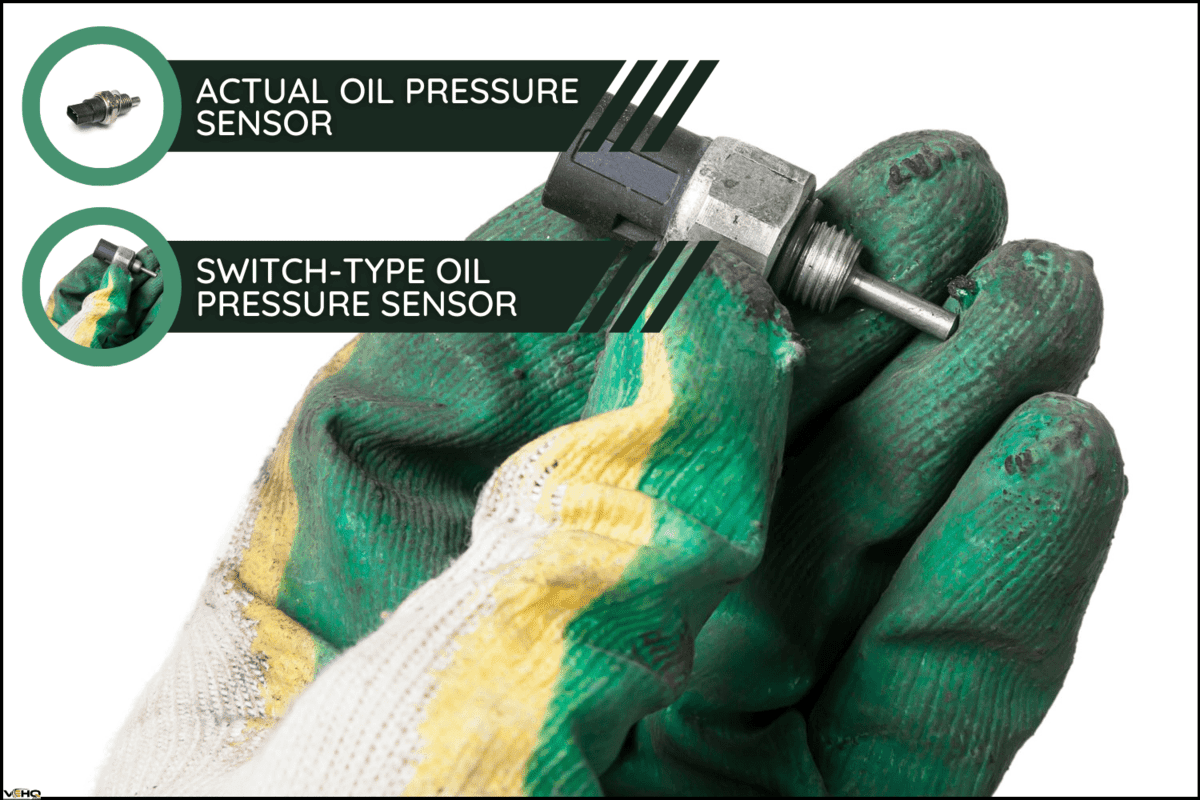
An oil pressure sensor is a device that monitors the oil pressure in your engine. These sensors are used to avoid engine damage in the event of overpressure or underpressure in the engine’s oil system. Here are the two common types of oil pressure sensors:
Actual oil pressure sensor
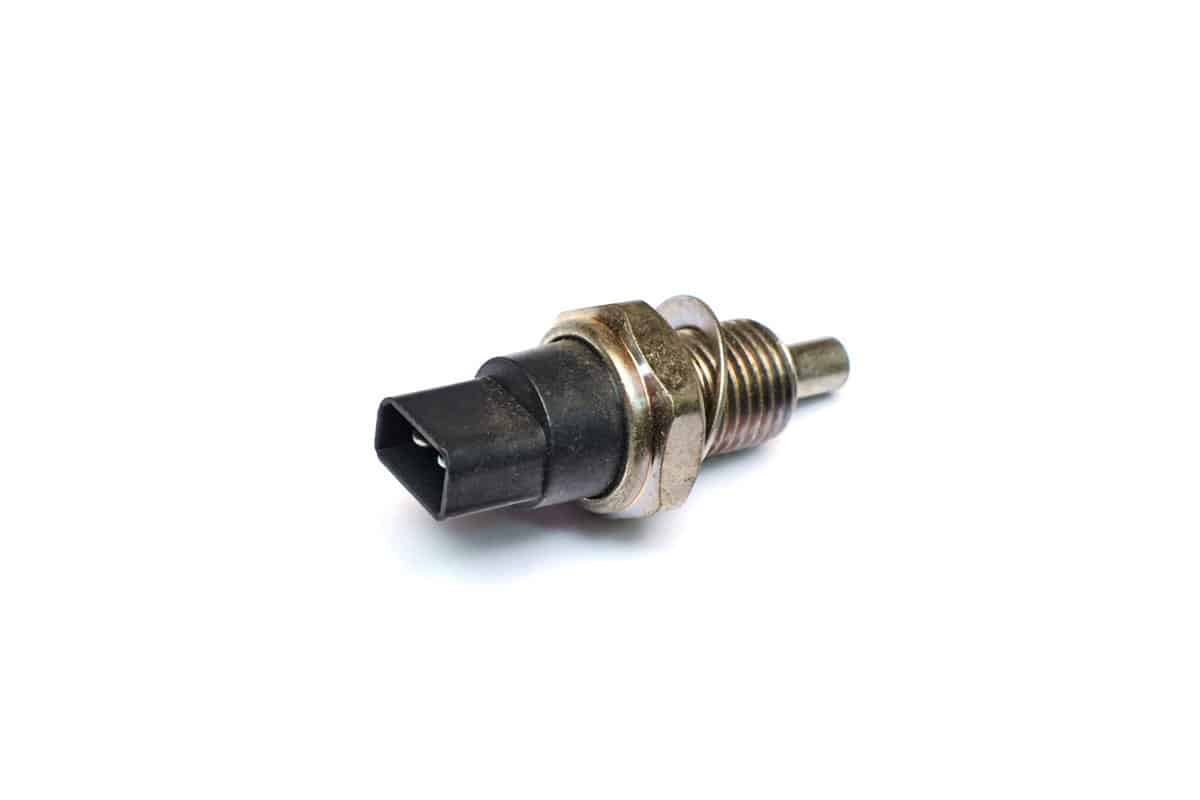
This type of oil pressure sensor is responsible for providing the necessary information to the ECU to determine the engine’s oil pressure status. This is done by measuring the oil pressure in the engine’s crankcase and comparing it with a predetermined oil pressure threshold.
If the pressure is higher than the threshold, it is assumed that the engine is under a heavy load, which is the case when the vehicle is cruising on the highway or moving uphill.
On the contrary, if the pressure is lower than the threshold, then it is assumed that the engine is idle, which is the case when the vehicle is stopped or moving downhill.
Switch-type oil pressure sensor
This type of oil pressure sensor tells the oil pressure warning light to turn off when the engine oil pressure reaches a predetermined level. It works after turning the car's engine on.
It may take a while for the oil pressure light to go off if the car has been sitting idle for a long time. This is because most of the oil has drained out of the engine back to the sump and needs momentum before it can be pumped back into the engine.
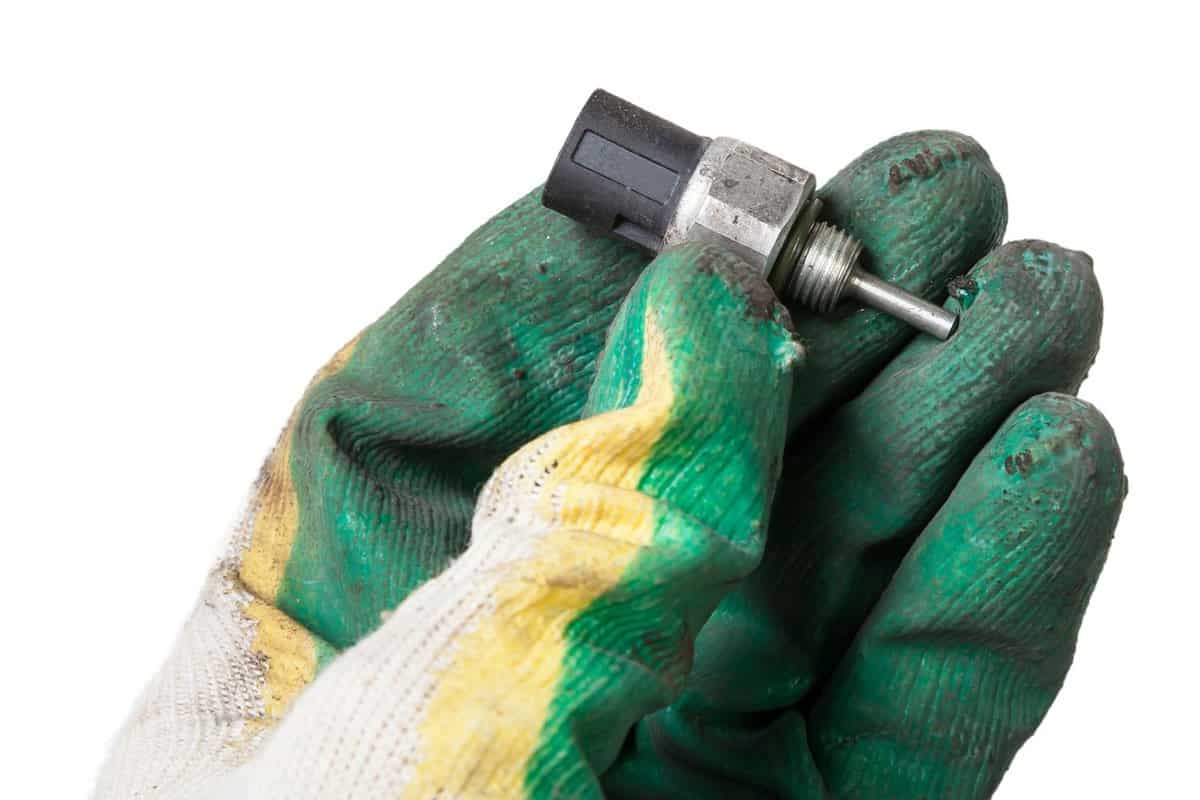
What Causes Oil Pressure Sensors To Fail?
Generally, you can expect oil pressure sensors to last just as long as the car's engine. However, there are factors that can cause oil pressure sensors to fail sooner than normal. One of these factors is if the oil pressure sensor is regularly exposed to extreme heat or extremely cold temperatures.
Signs of a Failing Oil Pressure Sensor
Your oil pressure sensor is very important for your car's engine to function properly. If it's on the verge of failing, your car may experience the following symptoms:
Inaccurate or no oil pressure readings at all
When an oil pressure sensor fails, it cannot provide the ECU with accurate information about the oil pressure in the engine’s crankcase. This could result in the ECU being unable to determine the oil pressure status and, as a consequence, the engine may not function properly.
In case you notice an inaccurate oil pressure reading, you need to have your car's engine oil level checked first. If the engine oil level is fine, then it's most likely the oil pressure sensor.
The oil pressure warning light is always illuminated
If an oil pressure sensor is not working correctly, it will send a wrong signal to the ECU, prompting the oil pressure warning light to come on. A faulty oil pressure sensor may think that your engine is not receiving enough oil pressure when in fact it is.
In this case, the ECU will send a signal to the oil pump to force extra oil pressure into the engine. This can potentially damage the gaskets and seals that protect the engine from oil leaks.
Check engine light is activated and won't go off
Oil pressure is crucial in the operation of the engine. When the oil pressure sensor fails, the ECU will be alerted that there is no or little oil pressure in the engine and so it will trigger the check engine light.
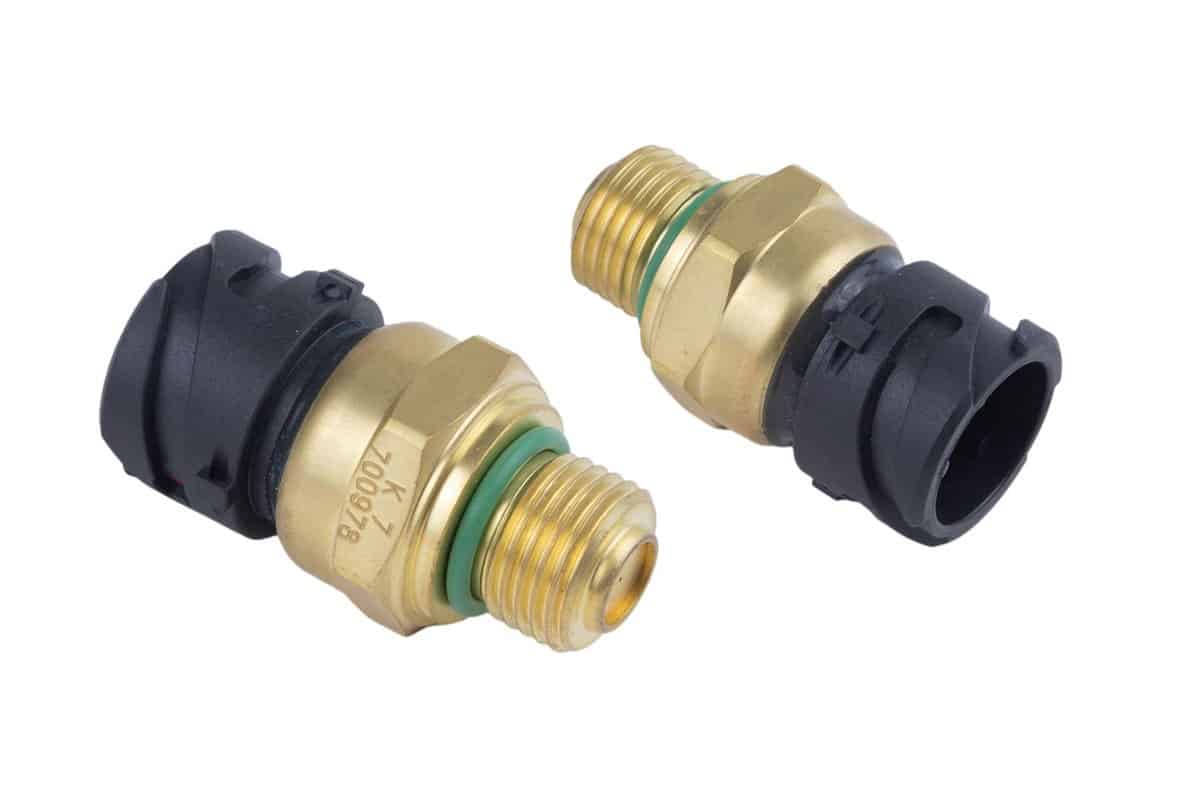
How To Replace Oil Pressure Sensor in a 6.0L Chevy
Replacing the oil pressure sensor in your 6.0 Chevy is a fairly simple task. However, this can be a tricky job if you don’t have the proper tools.
Tools needed:
- Ratchet with extension
- Torque wrench
- Oil pressure sensor socket 1 1/16"
To remove the sensor, you will need to get under the hood. You will need to know where the sensor is located and then remove a few bolts attached to it. Once you have done that, you can get to work on the sensor itself. Once you remove it, you can replace it with the new one.
You can choose to go for a factory replacement or an aftermarket replacement. Always check with your dealership if you opt for an aftermarket replacement to avoid compatibility issues.
Here are the steps:
Remove engine cover
Make sure the engine is cool when you do this. Use an 8 mm socket to remove the bolts.
Check out this ratchet set on Amazon.
Remove the oil pressure sensor
The oil pressure sensor is located at the backside of the intake manifold, underneath the firewall. Unplug the oil pressure sensor connector by disengaging the plastic clip that locks it into place. Remove the oil pressure sensor using the oil pressure sensor socket and a ratchet.
Install the new oil pressure sensor
Install the new oil pressure sensor. Using a torque wrench, apply the proper torque which is 22 ft-lb.
Check out this torque wrench on Amazon.
Put the engine cover back on
Snap the engine cover back on and reattach the bolts. Test if the newly installed oil pressure sensor is working by starting the engine and letting it run for a couple of minutes.
Should I Drain Oil First Before Replacing Oil Pressure Sensor?
No, it's not necessary to drain the oil before you can replace the oil pressure sensor. You can replace it immediately. It just doesn't make sense if you'll have to drain the oil so you can replace an oil pressure sensor.
For example, if you have just had your engine oil replaced and you've noticed a few days later that the oil pressure sensor has gone bad, it will be awkward if you find yourself in this situation. Besides, the oil pressure sensor is not directly connected to the oil reservoir in the engine.
Is It Safe To Drive With a Broken Oil Pressure Sensor
You can still drive a car with a broken oil pressure sensor. However, just because you can drive doesn’t mean you should. This is not something you should do but you will find that many people have been able to drive with a broken oil pressure sensor.
However, it is highly unlikely that you can continue driving if your oil pressure sensor is broken. This is because your car's ECU thinks that the car is losing oil pressure and it's trying to compensate for the loss by forcing the oil pump to work harder than it should.
What happens if you drive a car with a broken oil pressure sensor?
The oil pump will be subjected to higher stress and pressure rates than it was designed to deal with. This means that the oil pump could fail or wear out faster than it should. Sooner or later, the engine will be damaged because the oil pump has failed to do what it's supposed to do.
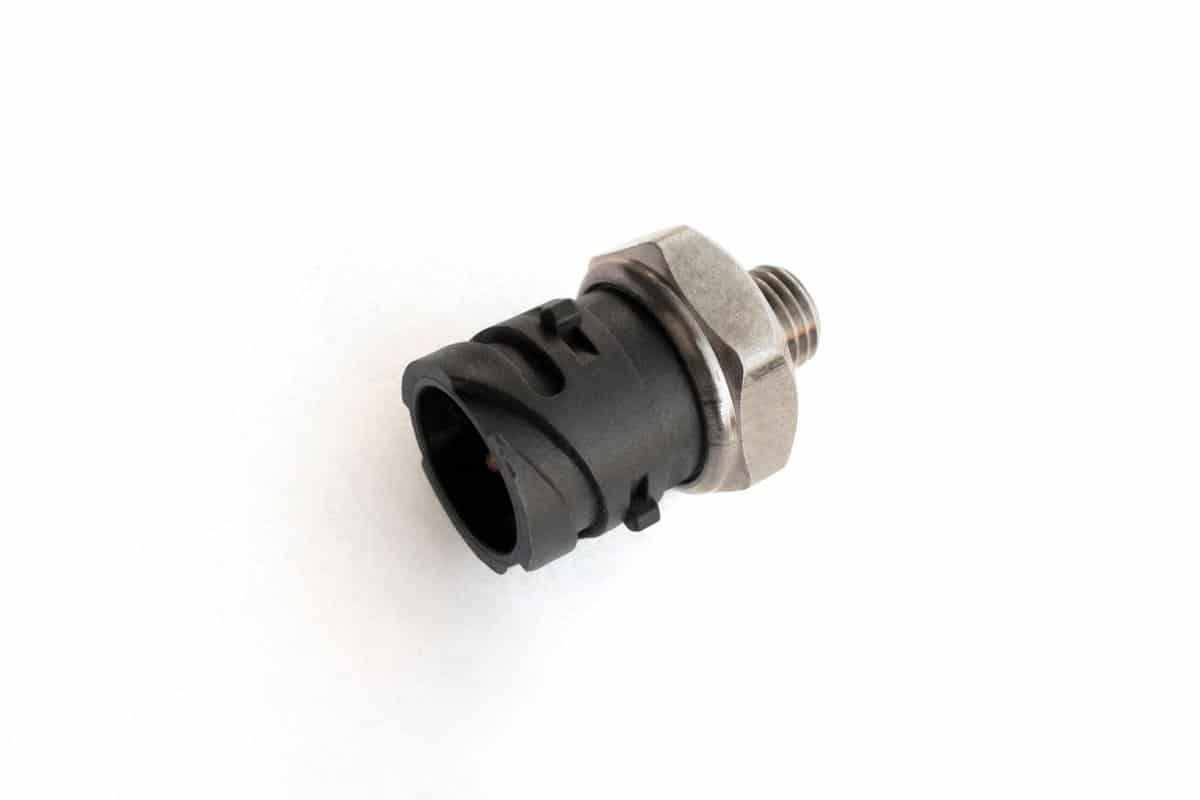
How Long Can I Drive a Car With a Bad Oil Pressure Sensor?
A car's oil pressure sensor may give you a false reading if it is damaged. We've talked about how it can give you a low oil pressure reading when in fact the oil pressure level is normal.
However, it's also possible that it can give you a high reading when the oil pressure is actually low. This can be a dangerous situation especially if you're driving on a long highway trip or traveling over rough terrain.
While it is still deemed safe to drive 500 miles more when the oil pressure sensor is out, it is vital that you repair it as soon as you notice any problem in order to prevent the engine from overheating and damaging itself. If you do not fix it soon, the engine could even seize.
How Do I Know If It's My Oil Pump or Oil Pressure Sensor That's Causing the Problem?
Unlike an oil pressure sensor problem, an oil pump issue hosts a lot of signs and symptoms. Aside from the oil pressure light being illuminated, your car will experience the following:
- Overheating
- The smell of burning oil
- A significant reduction in the engine's performance
- Strange noises resulting from metal parts rubbing against each other due to insufficient lubrication
On the other hand, a bad oil pressure sensor will only cause the oil pressure warning light to come on, granting everything is normal.
In Closing
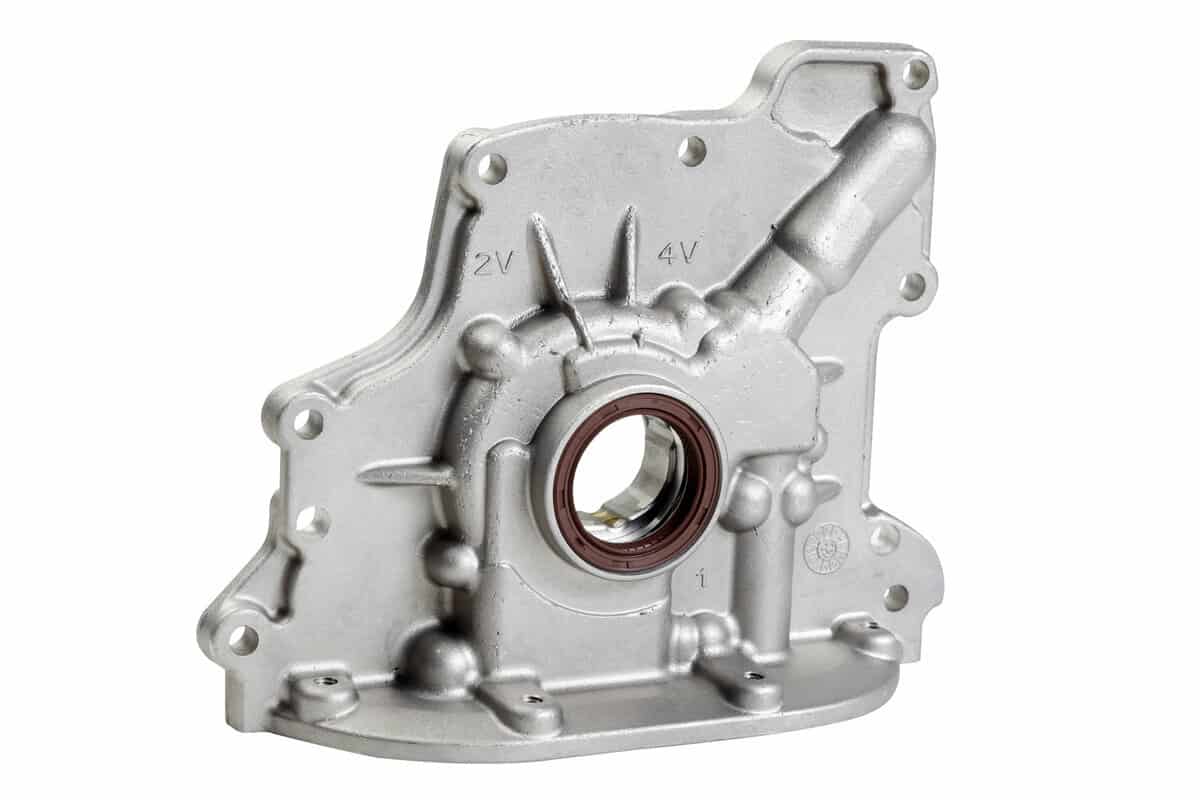
Having a reliable and effective oil pressure sensor is critical for optimal engine performance. If you don't, you risk engine damage. You should always keep your car maintenance schedule in mind, especially when you notice any warning lights and erratic sensor readings. If you ignore it for a long time, it might be too late to get it fixed.
You might also like:
How To Reset Ambient Temperature Sensor [Ford, Chevy, Kia, Nissan And More!]


